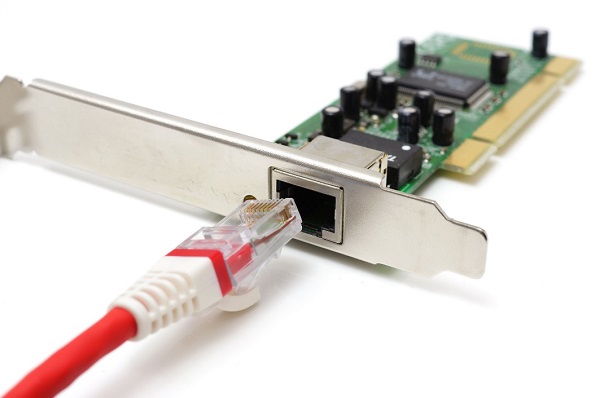Social media technology has revolutionized how individuals and businesses interact and communicate online. These platforms enable users to share content, connect with others globally, and participate in virtual communities. From Facebook and Twitter to Instagram and LinkedIn, each platform offers unique features that cater to different aspects of social interaction, entertainment, marketing, and networking. Social media technology continues to evolve rapidly, integrating new functionalities like live streaming, augmented reality filters, and personalized algorithms that enhance user experience and engagement. As these platforms shape digital culture and influence societal trends, understanding their impact on communication and information dissemination becomes increasingly important.
Website : sciencefather.com
See more Info : - network.sciencefather.com
Nomination : https://x-i.me/prinom
Registration : https://x-i.me/prireg2
Contact us : network@sciencefather.com
Social Media :
Instagram : https://x-i.me/net23m
Pinterest : https://x-i.me/net23p
Facebook : https://x-i.me/net23f
Linked in : https://x-i.me/net23l
#sciencefather #researcher #socialmedia #technology #digitaltransformation #onlinenetworking #virtualcommunity #digitalculture #techinnovation #socialnetworking #influencerculture #digitalengagement #contentmarketing #internet #socialmediaimpact #networksolutions #digitalinfluencer #socialmediaanalytics



















.png)

